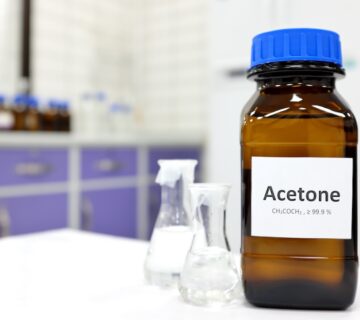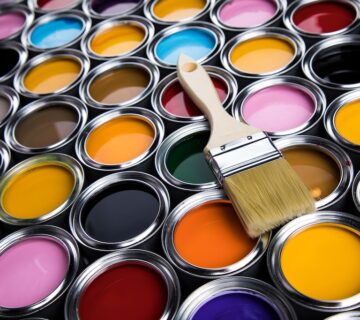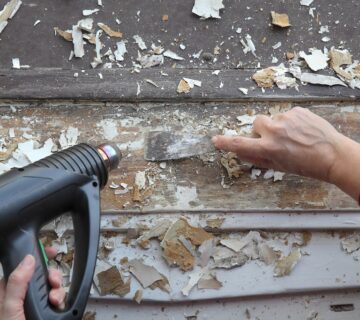House paints have transformed the way we decorate and protect our homes. However, it’s important to be aware of the potential health risks associated with certain types of paints. These risks primarily stem from the volatile organic compounds (VOCs) present in many paint formulations. Understanding these risks and knowing how to minimize them is crucial for maintaining a safe and healthy home environment. This blog explores the health risks associated with house paints and offers guidance on how to avoid them. Additionally, seeking paints with third-party certifications such as GREENGUARD or Green Seal can provide assurance of low chemical emissions and safer indoor air quality.
Understanding the Risks of VOCs
VOCs are a group of chemicals found in many paint products. They are released into the air as paint dries, a process known as off-gassing. Exposure to high levels of VOCs can have immediate and long-term health effects. Short-term exposure can cause headaches, dizziness, nausea, and irritation of the eyes, nose, and throat. Long-term exposure can have more serious consequences, including liver, kidney, and central nervous system damage, and some VOCs are suspected to be carcinogenic. Prioritizing paints labeled as “low-VOC” or “zero-VOC” can significantly reduce exposure to these harmful compounds.
Choosing Low-VOC or No-VOC Paints
One of the most effective ways to minimize health risks is to choose low-VOC or no-VOC paints. These paints have reduced amounts of harmful chemicals and are less likely to cause air quality issues. They are particularly beneficial in enclosed spaces and in homes with children, elderly residents, or people with allergies and asthma. Fortunately, the availability and quality of low-VOC and no-VOC paints have increased significantly, offering a wide range of colors and finishes. It’s advisable to check product labels for VOC content and choose paints with the lowest levels possible.
Adequate Ventilation During Painting
Proper ventilation is key when painting indoors. It helps to disperse the VOCs and other chemicals, reducing their concentration in the air and minimizing health risks. Open windows and doors, and use fans to circulate fresh air through the room. Continue to ventilate the space for several days after painting, as VOCs can continue to off-gas for some time. Additionally, scheduling painting projects during milder weather when it’s feasible to open windows and doors for extended periods can further enhance ventilation and air quality.
Using Protective Gear
When painting, especially in poorly ventilated areas, it’s advisable to wear protective gear. This includes masks or respirators that can filter out harmful chemicals, as well as gloves and protective eyewear. These precautions are particularly important when sanding painted surfaces, as this can release additional chemicals into the air. Investing in high-quality respiratory masks with appropriate filters can provide effective protection against inhalation of paint fumes and airborne particles.
Safe Storage and Disposal
Proper storage and disposal of paint are essential for reducing health risks. Store paints in a cool, dry place away from living areas, and ensure containers are tightly sealed to prevent off-gassing. When disposing of paints, check with local waste management authorities for guidelines on how to safely dispose of paint products, as pouring them down the drain or into the environment can be harmful. Additionally, consider donating unused paint to local community organizations or recycling programs to reduce waste and environmental impact.
Considering Natural and Non-Toxic Alternatives
For those particularly concerned about health risks, exploring natural and non-toxic paint alternatives can be beneficial. These paints are made from natural ingredients like clay, chalk, and plant dyes, and are free from synthetic chemicals. While their color range and durability may differ from traditional paints, they offer a safe and eco-friendly option for home painting projects. Conducting research on reputable brands and experimenting with sample products can help determine compatibility and satisfaction with natural paint alternatives.
Final Thoughts
While house paints can enhance the aesthetics of our homes, it’s vital to be aware of the health risks they may pose. By choosing low-VOC or no-VOC paints, ensuring adequate ventilation, using protective gear, practicing safe storage and disposal, and considering natural alternatives, these risks can be significantly minimized. These steps will help you create a beautiful home environment that is also safe and healthy. Regularly monitoring indoor air quality and addressing any concerns promptly can further support a healthy living environment for you and your family. For more information on safe painting practices and eco-friendly paint options, visit our website at sisupainting.comand check out our blog at sisupainting.com/blog.





No comment